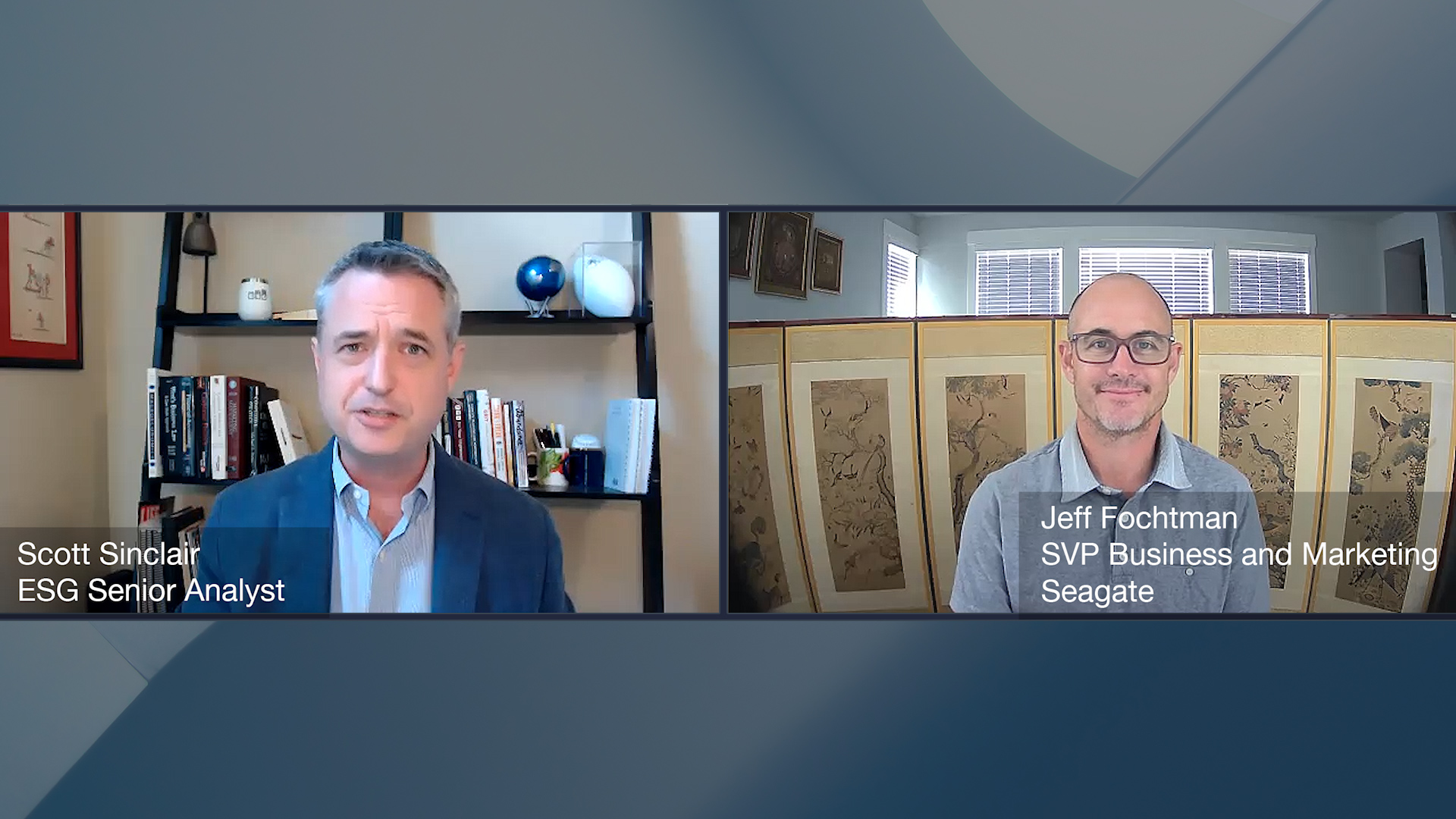I’ve long admired the work of Dr. Anton Chuvakin, head of solution strategy at Google Chronicle. Anton really knows security analytics and operations so now that he’s no longer a Gartner analyst, it was great to have him participate in the SOAPA video series. In part 1, Anton and I discuss:
- Detection as code. In a recent blog, Anton proposes, “detection as code.” The thought here is that you want to “devops” your detections to keep up with threats and strive for constant improvement. This is an intriguing concept that may be especially useful for large organizations in specific industries under attack. We have focused industry ISACs, why not focused industry detection code?
- SOC nuclear triad progression.
Anton’s nuclear triad concept combines logs (SIEM), endpoint telemetry (EDR), and network traffic analysis (NTA/NDR) into a SOC architecture like ESG’s SOAPA. In this era where everything runs on software, Anton believes the triad may be supplemented with specific application visibility telemetry in the future. - New data sources. Anton believes that deeper application visibility is the biggest missing link in security analytics today but perhaps we’ll add more logging sources as well. We both anticipate more use of deception technology as a new telemetry source in an auxiliary role.
- My colleague Dave Gruber and I are knee deep in research in this area, but I wanted to ask an old hand like Anton what he thinks about this new trend. In the past, Anton had a log-centric view of SOC technology, but he is now open to an endpoint-oriented architecture a la XDR. In the short-term, XDR must coexist with SIEM, but the two models are bound for a collision course.
Dr. Chuvakin and I have lived in the same neighborhood for years so it’s great to finally spend some time together. More from Anton on SOAPA and Google Chronicle in part 2 of our video soon.

 Extreme Networks recently held its 2020 User Conference, Extreme Connect, the first with Wes Durow, CMO. Keeping in line with the new reality we are all facing, it was a virtual event. However, Extreme took great efforts to give the thousands watching from home the feel of a main stage production and infuse two days’ keynotes, breakout sessions, and executive chats with opportunities to have some fun and be entertained.
Extreme Networks recently held its 2020 User Conference, Extreme Connect, the first with Wes Durow, CMO. Keeping in line with the new reality we are all facing, it was a virtual event. However, Extreme took great efforts to give the thousands watching from home the feel of a main stage production and infuse two days’ keynotes, breakout sessions, and executive chats with opportunities to have some fun and be entertained. The day has finally arrived. Today, Snowflake will IPO under the ticker SNOW. Many knew this was coming, even before Frank Slootman was brought in as CEO. But I don’t think it was expected to have as much fanfare as we’re seeing. Buffet (Berkshire Hathaway) is on board. Benioff (Salesforce) is on board. It’s being called the hottest tech IPO of the year. So, what’s the draw? Is it the differentiable technology? Not really. The number of customers? Nope. Customer growth? Impressive, but no. What about the total market size? Getting there. What about the value propositions it offers customers? Well yes, but I would argue there are several competitors that offer similar value propositions. So, what is it? The opportunity. The opportunity is simply massive.
The day has finally arrived. Today, Snowflake will IPO under the ticker SNOW. Many knew this was coming, even before Frank Slootman was brought in as CEO. But I don’t think it was expected to have as much fanfare as we’re seeing. Buffet (Berkshire Hathaway) is on board. Benioff (Salesforce) is on board. It’s being called the hottest tech IPO of the year. So, what’s the draw? Is it the differentiable technology? Not really. The number of customers? Nope. Customer growth? Impressive, but no. What about the total market size? Getting there. What about the value propositions it offers customers? Well yes, but I would argue there are several competitors that offer similar value propositions. So, what is it? The opportunity. The opportunity is simply massive. Modern businesses are built on data. This statement should not be confused with the idea that data has long been a necessary byproduct of business activities, something that must be stored and protected. Rather, for today’s businesses, the effective usage of data is fuel that generates revenue, unlocks new opportunities, and creates operational efficiencies.
Modern businesses are built on data. This statement should not be confused with the idea that data has long been a necessary byproduct of business activities, something that must be stored and protected. Rather, for today’s businesses, the effective usage of data is fuel that generates revenue, unlocks new opportunities, and creates operational efficiencies. The application security market is in a state of transition as legacy approaches to web application firewall, API protection, bot mitigation, and DDoS prevention have struggled to meet the needs of modern applications. The decentralization of application development and shift to agile methodologies, significant shortage of security skills with regards to applications, and evolution towards sophisticated, multi-vector attacks have forced organizations to rethink their approaches to application security. The evolution towards WAAP, or web application and API protection has been a direct result but remains a work in progress, with many providers just starting to loosely couple the required pieces.
The application security market is in a state of transition as legacy approaches to web application firewall, API protection, bot mitigation, and DDoS prevention have struggled to meet the needs of modern applications. The decentralization of application development and shift to agile methodologies, significant shortage of security skills with regards to applications, and evolution towards sophisticated, multi-vector attacks have forced organizations to rethink their approaches to application security. The evolution towards WAAP, or web application and API protection has been a direct result but remains a work in progress, with many providers just starting to loosely couple the required pieces. Kaseya
Kaseya